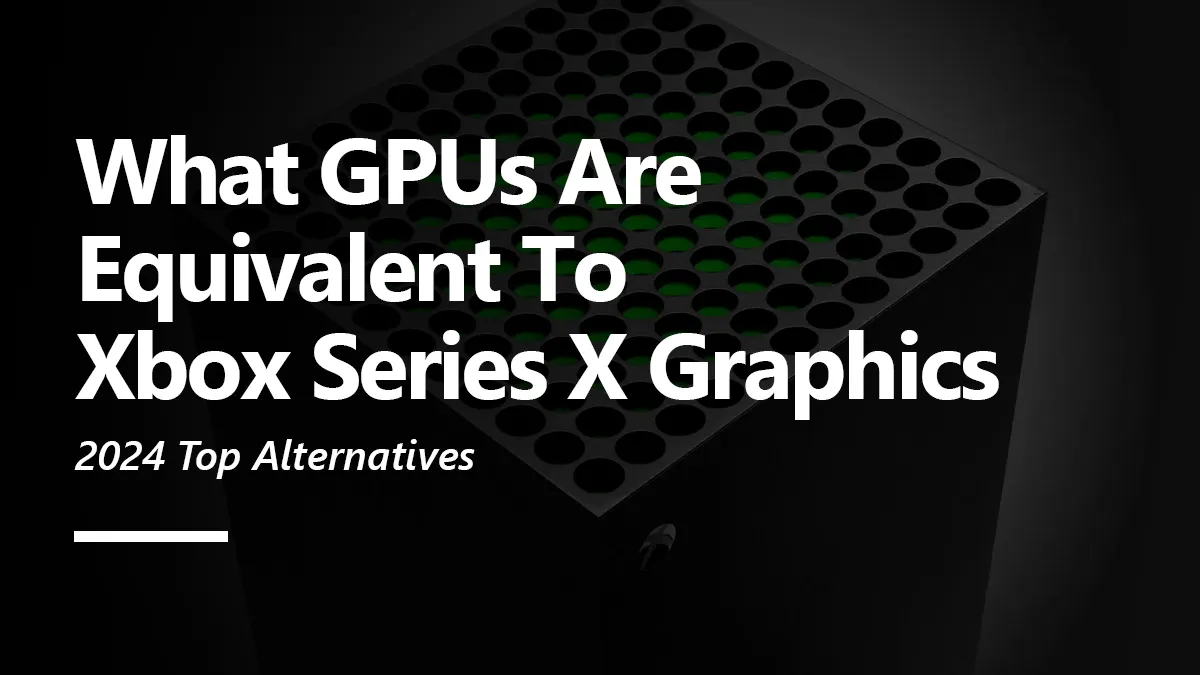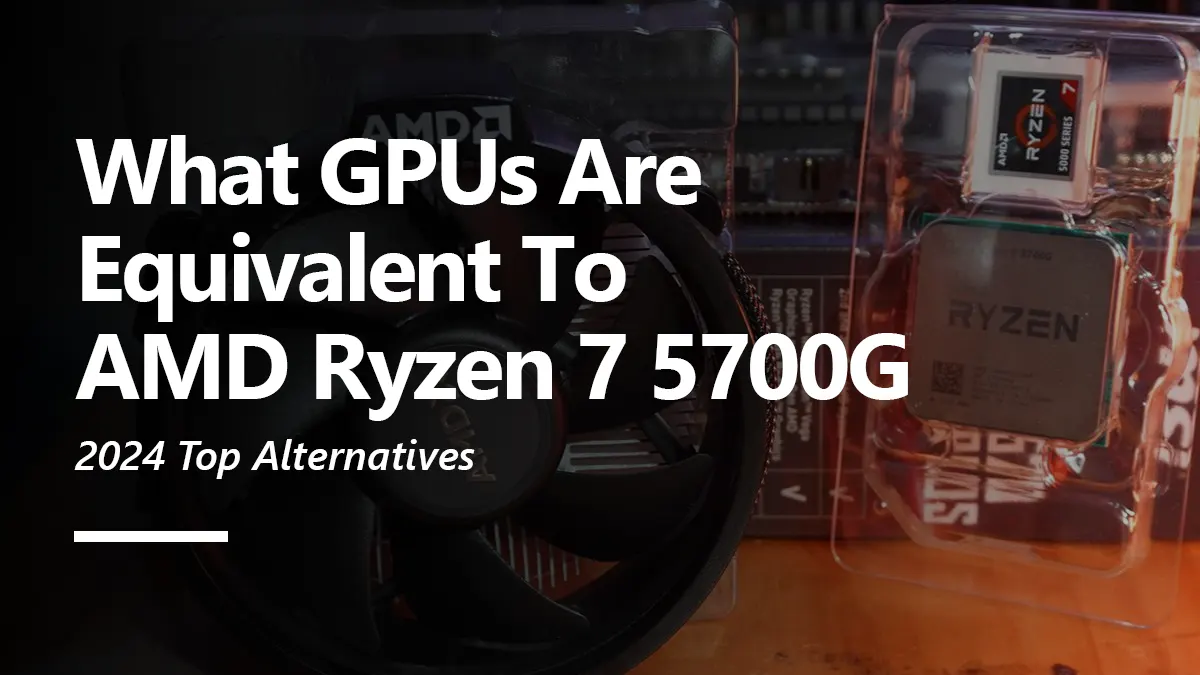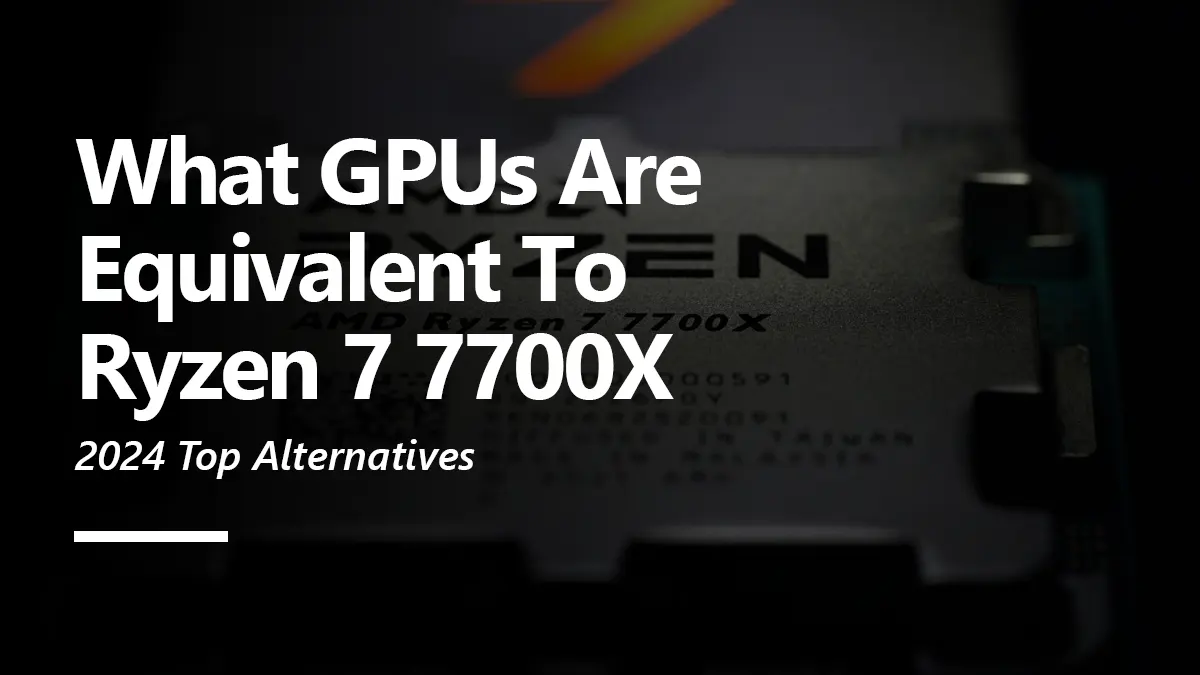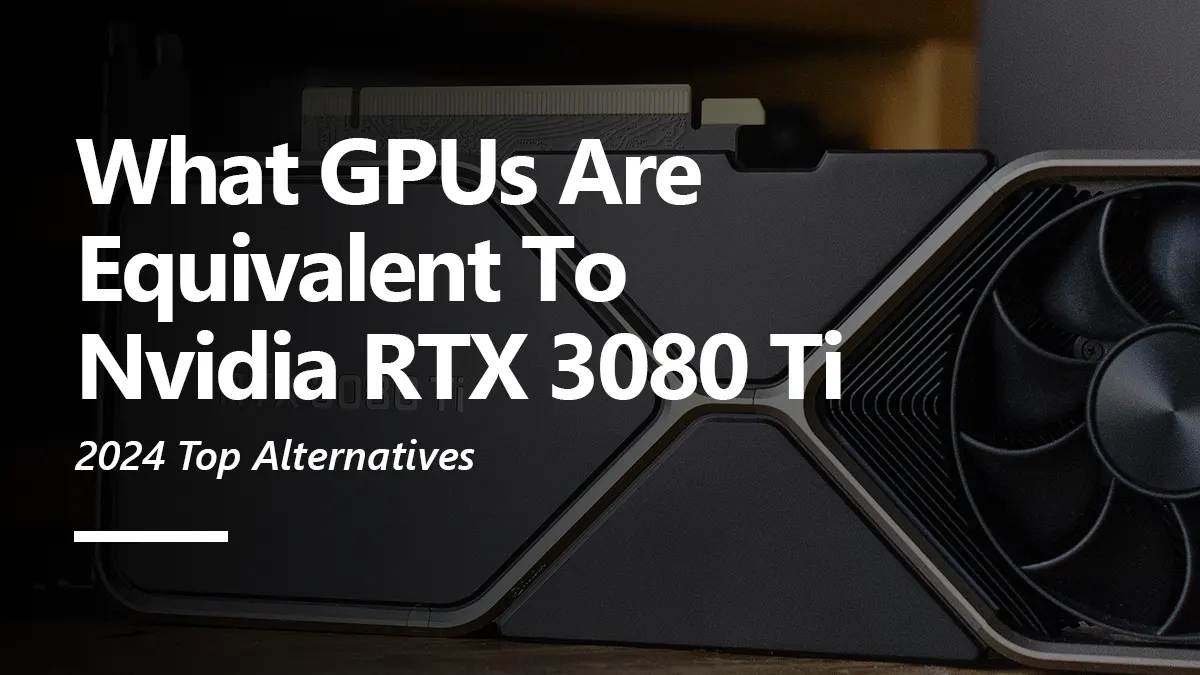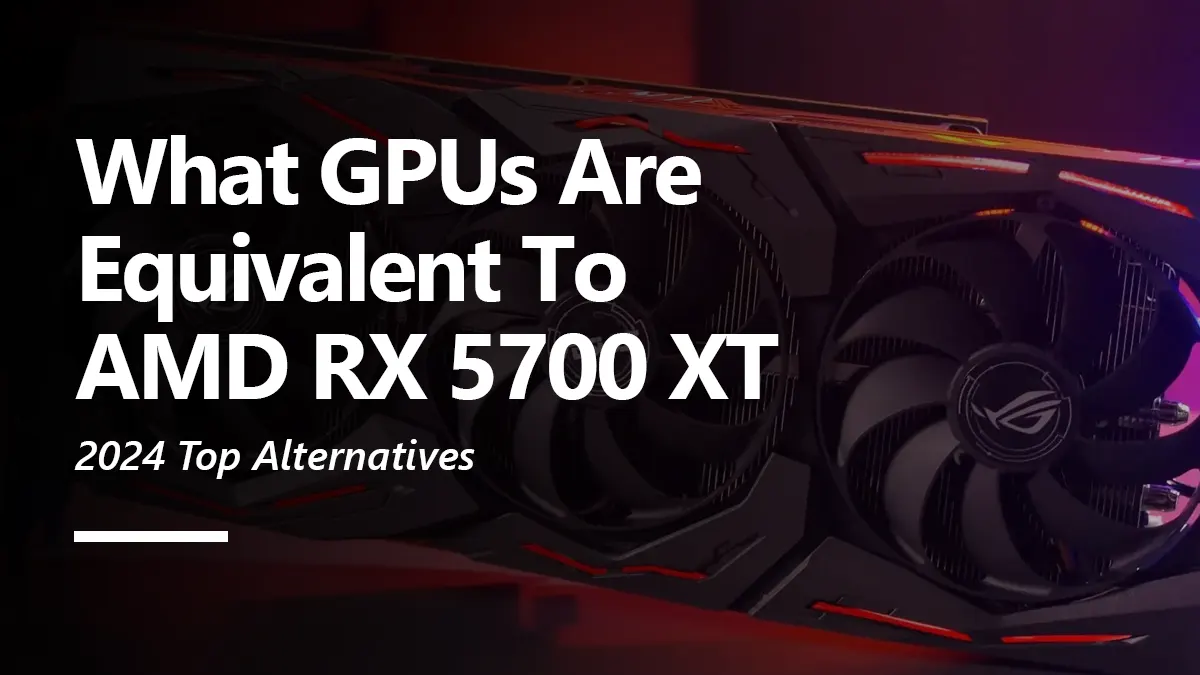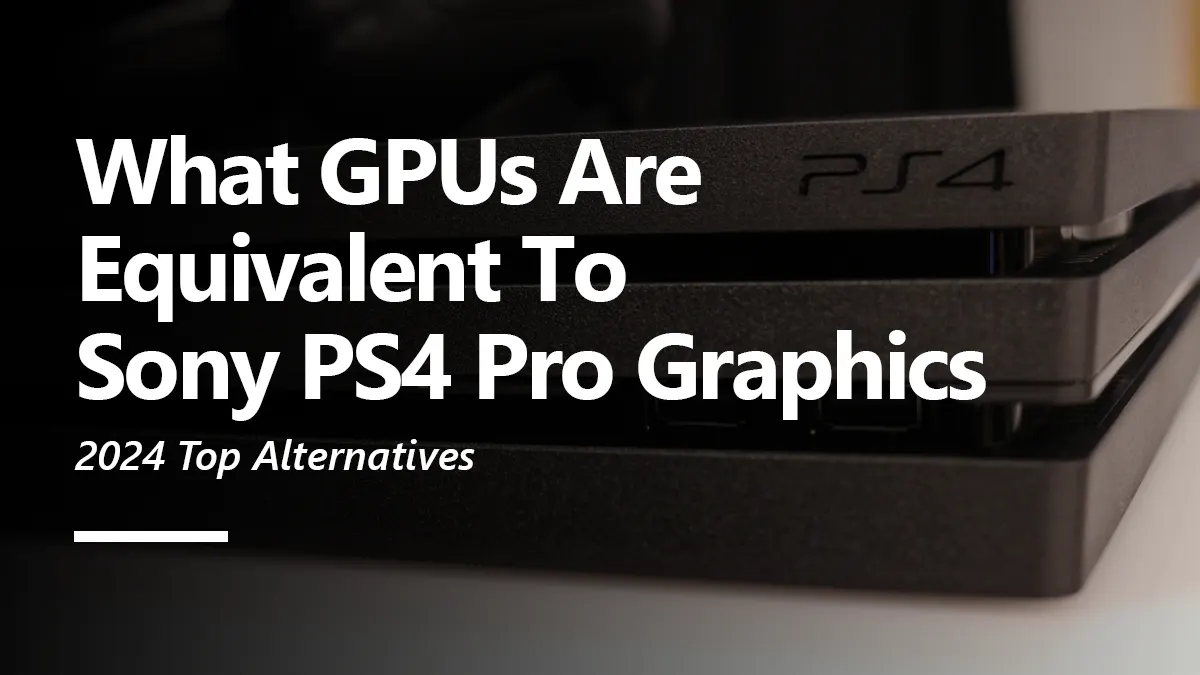It is utterly fascinating to explore the gaming hardware available to us in these present times. From gaming PCs and consoles, companies are now adding a new device to their arsenal: a handheld gaming device. There have been some handheld gaming consoles, but none stand out, like Valve’s more unique Steam Deck.
The Steam Deck is an excellent handheld gaming console designed by the same company that has revolutionized the FPS and VR gaming industry with its innovations. This gaming console is unique in the sense that it allows you to play games with more powerful hardware on a mere cellphone—sized device.
The Steam Deck uses a Linux-based operating system and has an enticing interface with much going on inside it. It is powered by AMD’s 6nm APU with Zen 2 architecture running on four cores and eight threads. It has a small gaming screen but is adequate for a handheld device. With only a 1280 × 800 dimension screen, Steam doesn’t require a high-end GPU to achieve its purpose.
However, the most stunning feature of this device is its RDNA-2 GPU, which comprises eight compute units and RT cores with unified 16GB LPDDR5 memory. It has been tested to run many games with a reasonably good performance. Hence, one must wonder what GPU could be equal to regarding mainstream graphics cards.
GPU equivalent to the Steam Deck Graphics
The Steam Deck’s RDNA 2 GPU most closely resembles the GTX 1050Ti in performance output. It is not straightforward to compare Steam Deck’s integrated GPU to mainstream GPUs because it works on an AMD Accelerated Processing Unit that comprises of both a CPU and a GPU.
However, the APU can deliver 1.6 Teraflops of Floating point precision. From this, we can deduce what mainstream GPUs are equivalent to it, which in this case is the GTX 1050 Ti, more on it in the following sections.
GTX 1050Ti
| Feature | NVIDIA GeForce GTX 1050 Ti | AMD Steam Deck GPU |
|---|---|---|
| Architecture | Pascal | RDNA 2.0 |
| Core Clock (MHz) | 1291 MHz | 1000 MHz |
| Boost Clock (MHz) | 1392 MHz | 1600 MHz |
| CUDA Cores | 768 | 512 |
| Memory Type | GDDR5 | LPDDR5 |
| Memory Size (GB) | 4 GB | 16 GB |
| Memory Bus Width (bits) | 128 bit | 128 bit |
| Memory Speed (Gbps) | 1752 MHz 7 Gbps effective | 1375 MHz 5.5 Gbps effective |
| TDP (Watts) | 75 W | 15 W |
| DirectX Version | 12 (12_1) | 12 (12_1) |
| OpenGL Version | 4.6 | 4.6 |
| VR Ready | - | Yes |
| Ray Tracing Cores | - | 8 |
| Ports | 1x DVI 1x HDMI 2.0 1x DisplayPort 1.4a | 1x USB Type-C |
| Price | $138.00 | $179.99 |
The GTX 1050Ti was a mid-end graphics card from 2016 containing only two gigs of video memory. This GPU was the epitome of budget gaming at one time, with no other GPU coming close to its status and fame. Back then, the GTX 1050Ti was an excellent GPU that was responsible for powering all your favorite games at a suitable 1080p resolution.
Its features aren’t too impressive, speaking with hindsight, but it managed to overstay its welcome by a few years because of its tremendous longevity and effective performance. It had only 6 Compute units and an average of 768 CUDA cores.
It facilitated decent framerates for its time and was an excellent option for budget gaming rigs. Although by today’s standards, this GPU doesn’t have enough VRAM or lacks the sheer raw power to run the most uncomplicated games, it was among the best value-for-money hardware one could get back then.
Amassing a cult-like following, the GTX 10 series was already praised for its higher-tier cards, and the GTX 1050Ti proved a comfortable choice that made gaming possible for many enthusiasts of today.
Conclusion
It is truly astonishing to see what today’s technology can provide. No one would have considered fitting a graphics card like GTX 1050Ti into a mobile gaming device, but here we are. The Steam Deck is innovative and robust enough to support many PC games.
Albeit it is a bit clunky to carry around, it is an excellent gaming machine with good connectivity options, turning it into a low-end personal gaming computer. Also, with Valve’s Steam platform’s support, many new games are being designed with its compatibility in mind.
It wouldn’t be wrong to say that these devices will be a part of mainstream gaming soon enough.
Frequently Asked Questions
Can I connect Steam Deck to a monitor or TV?
Yes, you can. The Steam Deck is fitted with a few outlet ports, one of which is USB Type-C. You can connect the deck to a monitor or TV via a Type-C to HDMI connector. For further info, you can check very easy-to-follow guides online.
Is Steam Deck capable of 1080p gaming?
Using an external display like a monitor or TV with Steam Deck, you can play games with 1080p resolution. It is astonishingly formidable enough to run its supported games in 1920 × 1080 pixel resolution with fairly smooth output.


